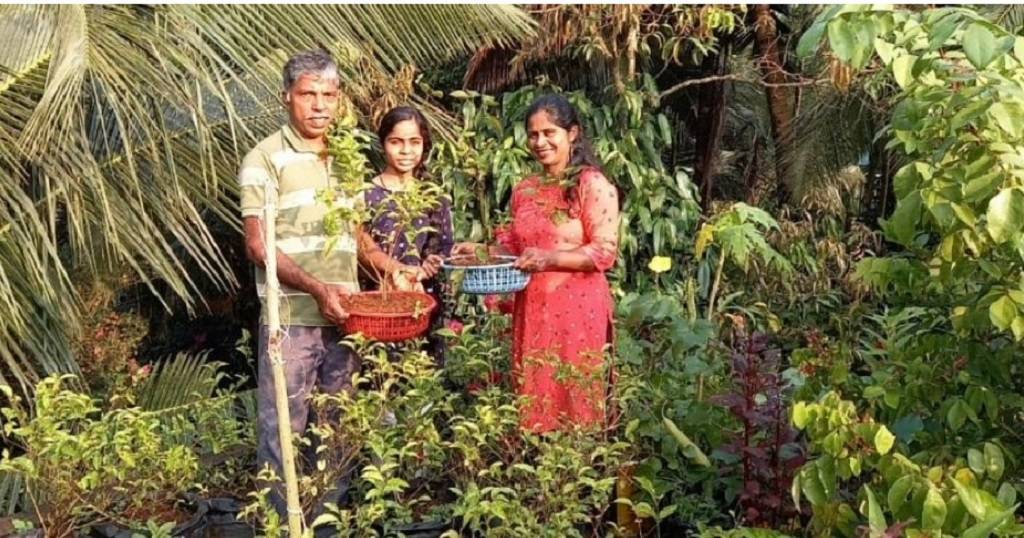
Shankarapura, a little quiet village in Karnataka's Udupi district, is known for its malliage (jasmine in Kannada). This jasmine cultivar was given a GI tag in 2008 for its distinct scent and is in high demand both in India and overseas. As a result, the farmers in this region are primarily focused on raising this unique jasmine species.
The Hydroponic Journey of Joseph
Joseph Lobo, a native of the same village, was one of the many farmers who grew Shankarapura jasmine. But what sets this 44-year-old farmer apart from the rest is his desire to do something different and think outside the box.
Joseph Lobo stated in an interview with a media group that although almost everyone in his village was growing Jasmine but he wanted to do something different. He said that there is no fun in doing the same thing as others. So, he decided to give hydroponics a chance but in the most cost-effective way possible, and in order to make it possible he devised a simple low-cost methodology for growing them successfully.
Hydroponic Garden of Lobo
Hydroponic gardening is a type of hydroculture in which the crops are grown in water without the soil and it utilizes mineral fertilizer solutions, which is otherwise an expensive business.
In his 400-square-foot terrace garden, Lobo has set up a customized hydroponic system to grow plants. He claims that while attending a session at the University of Agricultural Sciences in Bengaluru, he learned about the hydroponics method of agriculture and wanted to give it a try.
In order to make the hydroponic system, Lobo took a netted basket and filled it with coco peat, which is a type of organic manure and is made from the husk of coconuts. To make this hydroponic system work, he then filled a bucket with water and mixed it with organic manure. Then he carefully planted the rooted saplings on the netted basket, which was then placed over the bucket to absorb the nutrients from the liquid contained within. This whole method cost him Rs. 170 per plant, which is way less than the average cost of planting hydroponic plantations conventionally.
Lobo believes that the hydroponic system provides an advantage over traditional farming methods since it reduces the chance of soil-borne diseases affecting crops. Generally, it takes roughly 4 to 5 months for a jasmine plant to reach the lowering flowering stage. However, the three jasmine plants that Lobo grew in his hydroponic system began flowering in just two and a half months.
Lobo’s Terrace Garden
Lobo now has 32 jasmine plants on his terrace garden, 3 of which are hydroponically grown. Lobo has utilized the hydroponic approach to grow mulberry and chikoo in addition to the jasmine plants. Lobo had started with his hydroponic journey with just the jasmine plant.
However, he wanted to expand his knowledge on the subject which led him to produce fruit-bearing tree seedlings also, such as mulberry and chikoo, and the outcome of this attempt was also a success for Lobo.











